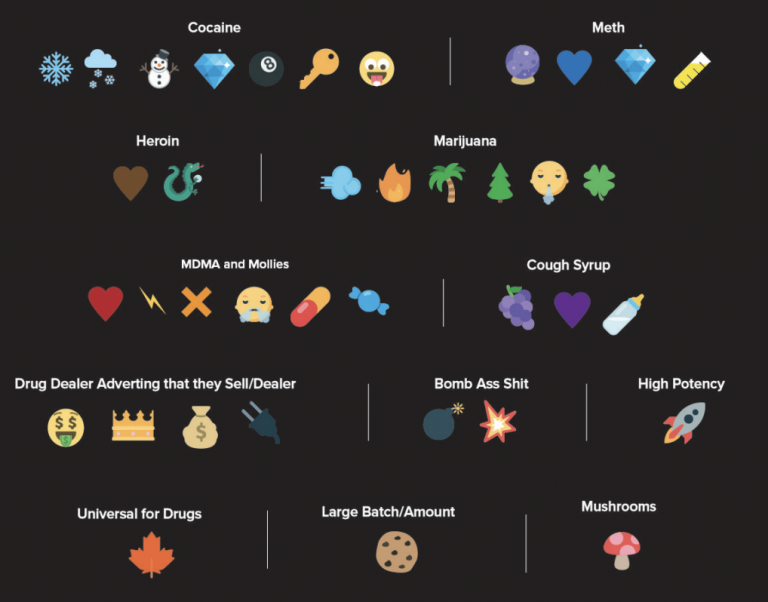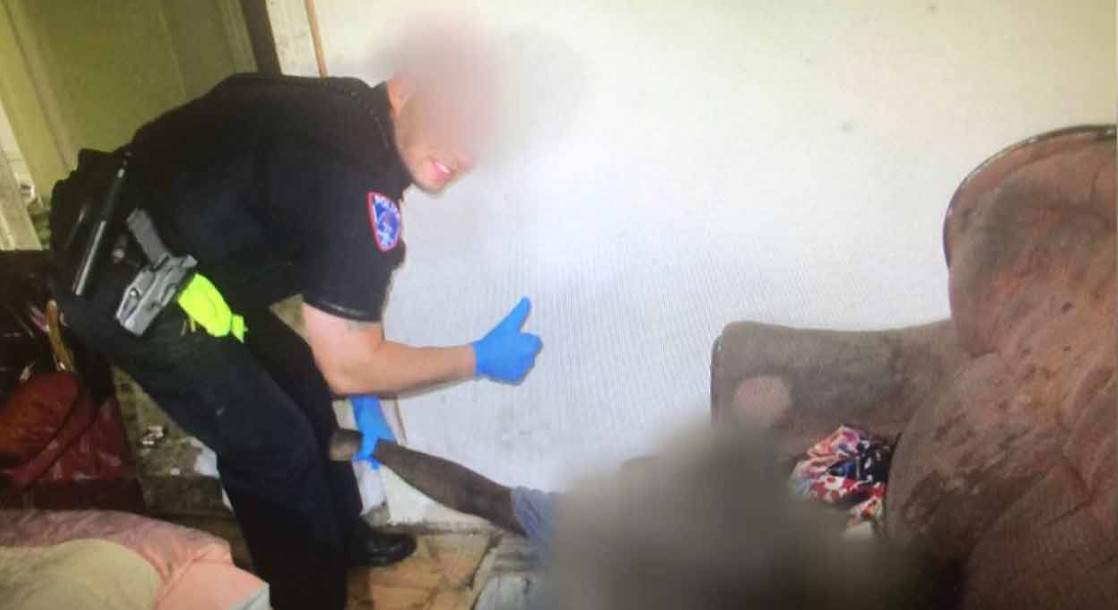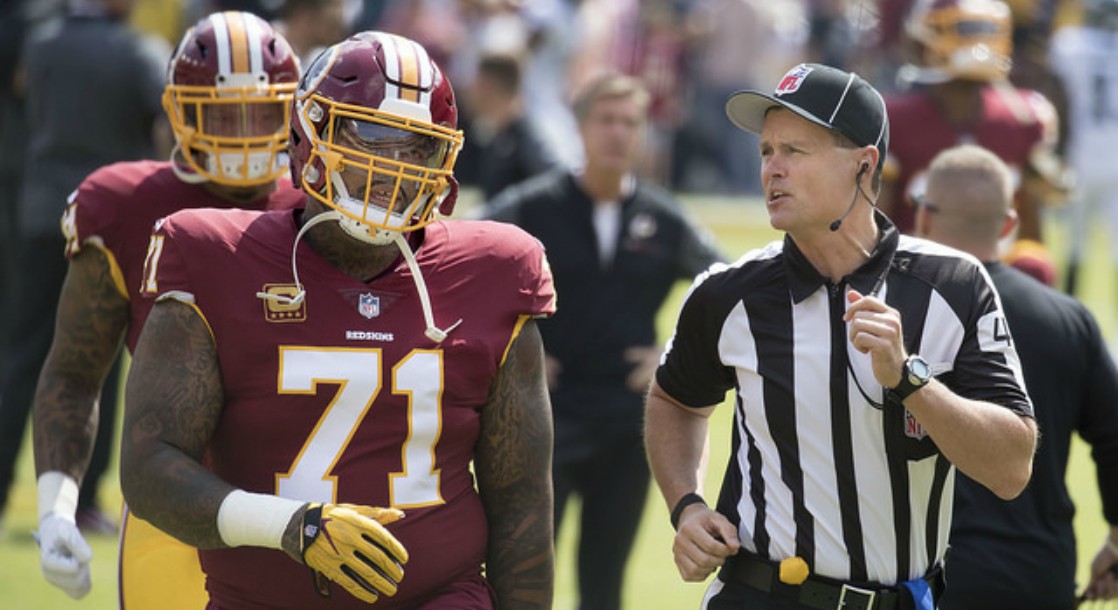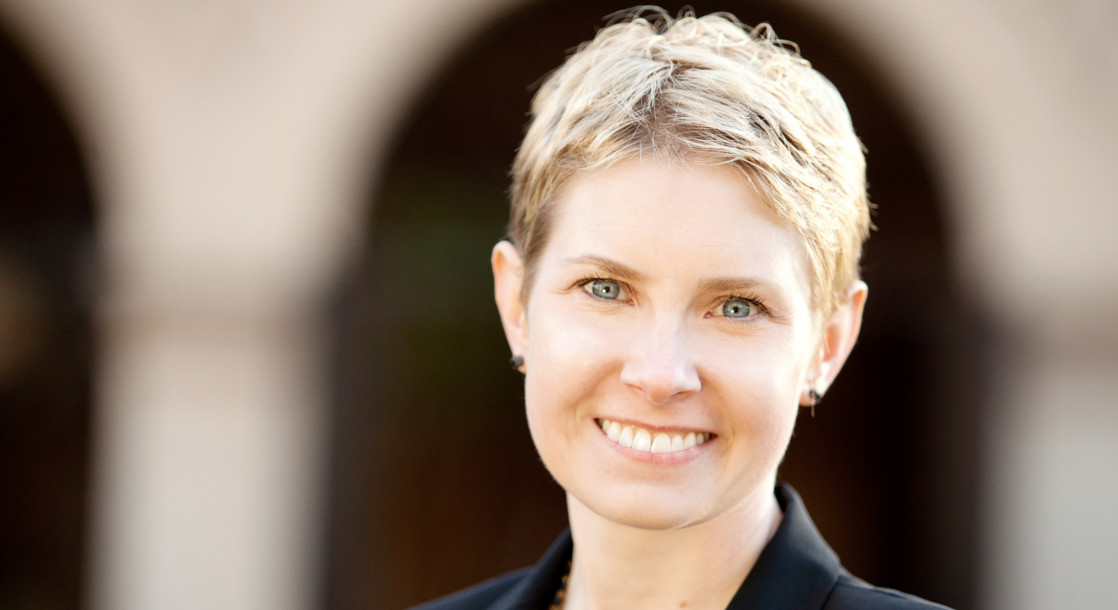Image via
The Drug Enforcement Administration (DEA) believes it’s young and hip enough to decode what emojis kids are using these days to talk about buying and selling drugs. The Agency believes it’s so fluent in the drug-glyph language of the youth that it’s published a series of “Emoji Drug Code” guides for parents.
But the feds don’t seem to have a grip on emoticon drug slang, considering the most intuitive (and common) emojis used to convey cannabis were excluded entirely. The Agency also has four separate guides on emoji drug slang, leading one to infer there’s some internal confusion regarding drug-glyph translations.
It’s comical because the DEA determined that the “bomb” and “boom” emojis mean “bomb ass shit.” They also said that these emojis are used frequently enough in illegal drug transactions to warrant attention on the emoji decoder guides made for parents.
The DEA also designates the maple leaf emoji as “universal for drugs.” Not only is that inaccurate (it’s maybe a universal sign for weed, but not all drugs), but Marijuana Moment points out that it’s a little rude to Canadians considering the maple leaf is the country’s flag emblem. At the very least, how did the DEA determine that the maple leaf is a glyph for drugs? We’d like to see the data that helped the agency arrive at this conclusion.
The emoji decoder campaign is called “One Pill Can Kill,” which is meant to “offer an opportunity to the media, parents, teachers, educators, and community organizations to raise awareness about counterfeit prescription drugs.”
“Do you know the meaning behind certain emojis? Emojis were originally designed to represent an emotion, event, or activity, but have recently taken on a language of their own,” the agency wrote, according to Marijuana Moment. “Criminal organizations, including drug traffickers, have noticed and are using emojis to buy and sell counterfeit pills and other illicit drugs on social media and through e-commerce.”
DEA’s reference guide “is intended to give parents, caregivers and influencers a better sense of how this language is being used in conjunction with illegal drugs.”
The Agency also stated that the emoji reference guides only outline a few examples and are not a comprehensive list of every drug-glyph sequence.
DEA Administrator Anne Milgram spoke about the new effort at a press conference a couple of weeks ago. “Criminal drug networks are now front and center on social media, with us whenever our smartphones are,” she said. “Known emojis and code words are being widely used as signals online, in the online buying and selling of deadly drugs like fentanyl and fentanyl-laced fake pills. That means that these deadly drugs are reaching our communities faster, easier, and cheaper than ever before. They are just one click away.”
A PowerPoint on the emoji data included a slide on the most commonly used social media platforms for buying and selling drugs. Snapchat came in first, followed by Facebook Messenger, Instagram, Facebook, TikTok, and YouTube.
The Agency is right about people — Millennials and often Gen Z — buying drugs off social media. And, for the most part, these drugs are cut with other substances, often lethal amounts of fentanyl. All of that said, adolescent use of illegal drugs — from cannabis to OxyContin — “decreased significantly” in 2021, according to a federally funded survey released earlier this month, Marijuana Moment reports.
“Emojis, on their own, should not be indicative of illegal activity, but coupled with a change in behavior; change in appearance; or significant loss/increase in income should be a reason to start an important conversation,” DEA said.
As the Agency works to combat drug trafficking — in part by decoding emojis — it’s also researching controlled substances like cannabis, psilocybin, DMT, and MDMA. So at least there’s that.











